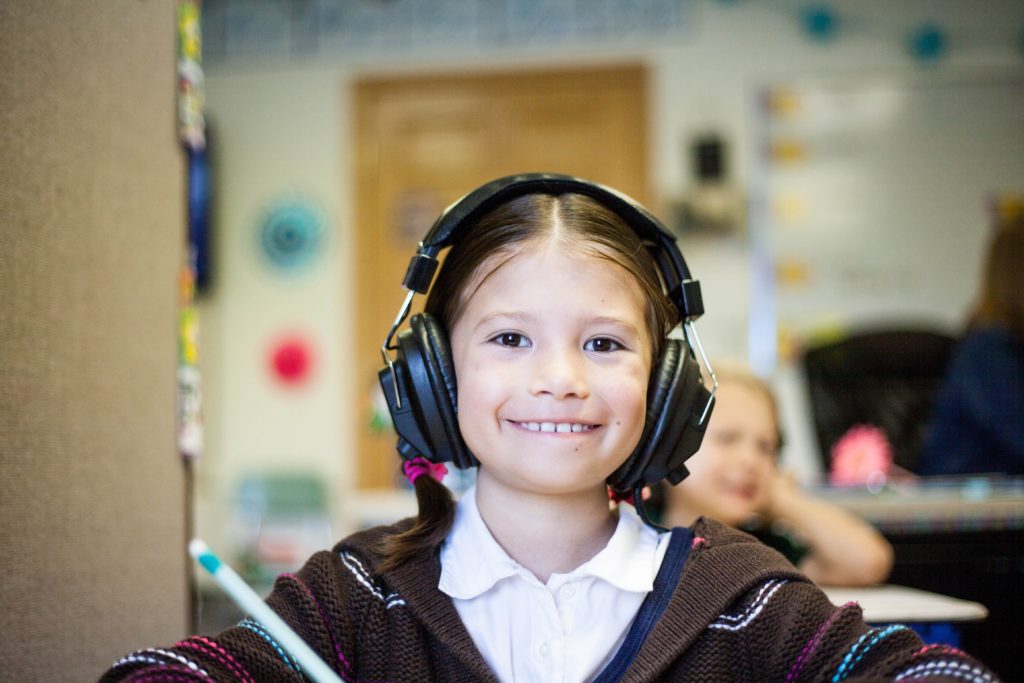It’s back to school season! From grade schools to universities, students across the country are heading back into the classroom for the new academic year. As it turns out, today’s students need more than three-ring binders and number two pencils to ensure their success this fall. In our connected world, Internet connectivity has become increasingly essential, making Wi-Fi a must-have school supply.

Photo by Ben Mullins on Unsplash
Wi-Fi in schools transforms classrooms into digital environments that make learning more flexible and personalized than ever before. Teachers can tailor their teaching style to the learning needs of each student and increase student participation, using techniques like video lectures or interactive learning activities. Smart boards, for example, allow students and teachers to use electronic pens to write and draw on large screens that are capable of mirroring displays from other connected smart devices. Teachers use this type of Wi-Fi-enabled technology to introduce students to new online resources.
Digital tools in the classroom also allow for further collaboration between students and their peers. With Wi-Fi connectivity, students can use applications like Google Drive to work collectively on assignments and use email or instant messaging platforms to organize and communicate effectively as a team during group projects. It is no wonder that 80 percent of eighth-graders reported using computers during the weekday at school to complete their work.
In higher education, high-quality Wi-Fi connectivity is imperative. Applications like language-learning tools and graphic design platforms require wireless Internet access. College students often use the internet for everything from turning in completed assignments on time to accessing programs like R Studio to code and analyze their research findings. 86 percent of college students, compared to 59 percent of the U.S. general population, claim that the Internet is essential to both their academic and social lives. And let’s not forget the importance of connectivity in stadiums during college football games!
Today’s classrooms require more than just new notebooks and a fresh set of highlighters. Many require digital technology and need the Wi-Fi capacity to support these tools. In the U.S., we need to protect our Wi-Fi and designate more airwaves for Wi-Fi use in order to fuel our schools and continue to teach our students the online skills that they need to succeed.
